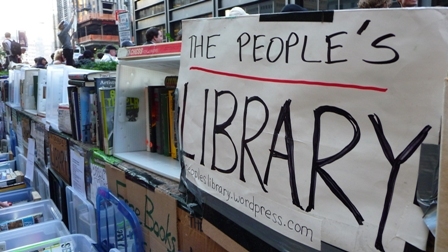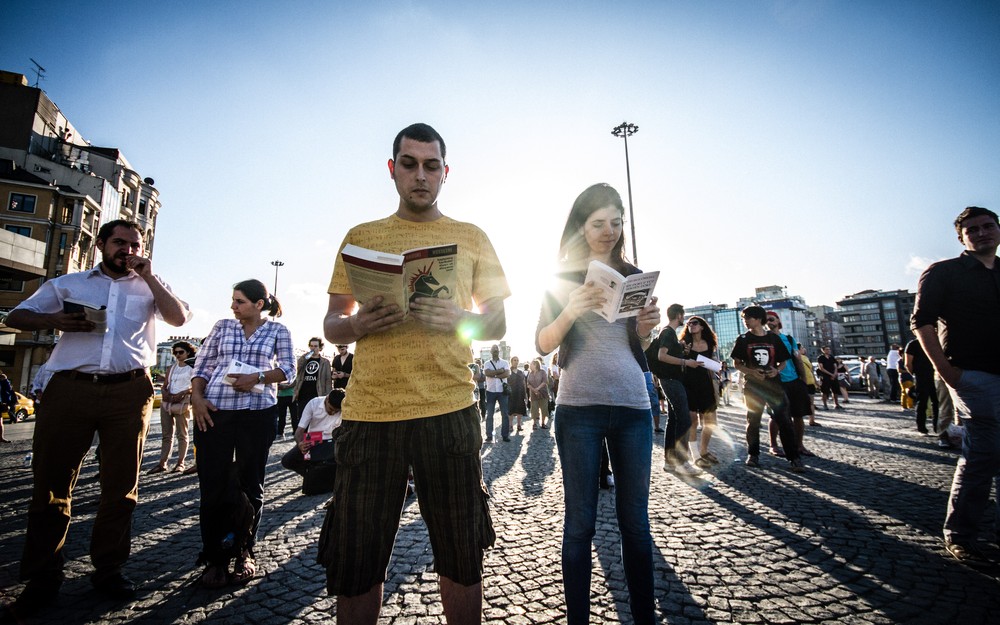“The black flag of anarchism . . . expresses one’s solidarity with those most abused by the state, by capital, and by religion. . . . ‘Boricua’ . . . [is] more about a collective identity of resistance – in short, a distinct form of antiauthoritarianism rooted in the island people’s collective nationality against colonialism” (Shaffer, 15 &17). “Black Flag Boricuas”
When people think of anarchism, the most common generalizations consist of youth destroying private property, disregard for authority, and a world burning in chaos. Yet, in spite of these misunderstandings, the general public forgets that anarchism stemmed from the struggles of marginalized communities throughout the world. In “Black Flag Boricuas: Anarchism, Antiauthoritarianism, and the Left in Puerto Rico, 1897 – 1921,” by Kirwin R. Shaffer, the author explores the role of anarchism in the Caribbean and its interrelationship with other Puerto Ricans and other activist groups in Cuba, Florida, and New York. This book also serves to unite readers under a black flag that evokes the humanity of people affected by authoritarian forms of government.
Spanish colonialism, U.S. invasion, poor living conditions and low wages are some of the ingredients that led to the dissemination of radical consciousness and change in Puerto Rico. Anarchist thought was facilitated by the arrival of Spanish migrant workers to the island in the late 19th century. Their message resonated with the tobacco industries of Caguas, Bayamon, and San Juan, Puerto Rico which had “most of the leading anarchist writers and activists” (Shaffer, 3). Places like Havana, Tampa, and New York were also known tobacco cities; destinations that provided Puerto Rican migrants with more opportunities for income and for networking and mobilizing with fellow comrades. In order to build solidarity with and learn from transnational anarchists, anarchists in the island began to publish newspapers and write articles for American and Cuban periodicals “which helped to internationalize the movement wherever they went and to discuss international topics” (Shaffer, 5). These are just a few of the examples of dissidence that represent Puerto Ricans’ struggle for autonomy from foreign and domestic exploitation and social injustice.
“Black Flag Boricuas” provides a breadth of information and is a good introduction to the history of anarchism in the late 19th and early 20th century Puerto Rico.
If you are interested in learning more about anarchism around the world, you can check out “Zen Anarchism: The Egalitarian Dharma of Uchiyama Gudo” from the International and Area Studies Library. It is a collection of translated essays by a Zen Buddhist priest and anarcho-socialist activist that provide an interesting insight into Buddhist history in Japan.
Also, the main library has a book titled “Anarchism & The Mexican Working Class, 1860 – 1931” which looks at the impact of anarchism on the Mexican working class. Moreover, the main library has a collection of English periodicals, “Anarchy,” that focus on issues of unemployment, racism, gender discrimination, poverty, militarization, and other related issues within Europe and beyond. For something less broad, you might also be interested in learning about anarcho-feminism from “Anarcho-Feminism: From Siren and Black Rose, Two Statements.”
Finally, another recommended book which you can check out through I-Share is “Eyes to the South: French Anarchists and Algeria,” about Algerian and French anarchists during the Algerian revolution. Furthermore, check out one of our oldest bibliographies on this subject “Bibliographie de l’anarchie” by Max Nettalu.
Happy Reading & Power to the Reader.


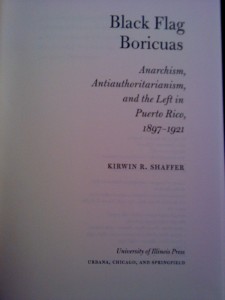
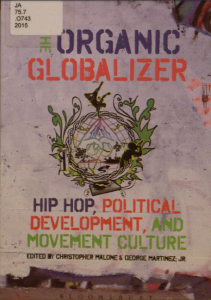
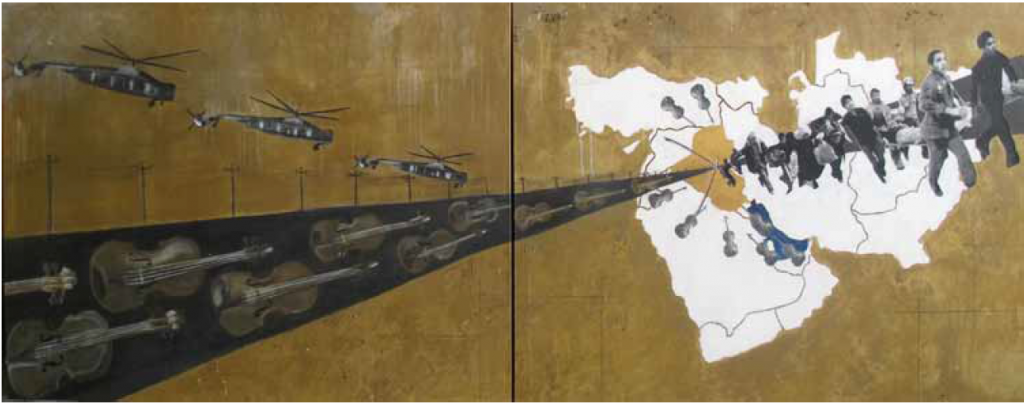
 Falafel sandwich special at Jerusalem Middle Eastern Cuisine.
Falafel sandwich special at Jerusalem Middle Eastern Cuisine.